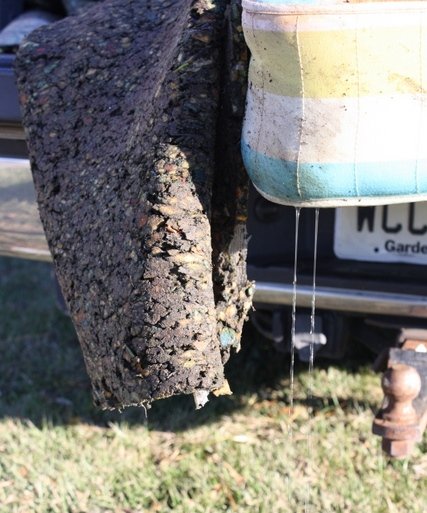Superstorm Sandy is heavy on the shoulders, and on the heart.
Soaked carpet and padding weighs quite a bit, especially after the twelfth trip to “the pile.” So do wet magazines. Water-logged mattresses weigh much more, as do couches, refrigerators, furniture, boats, floating docks and pieces of lumber.
And my family hadn't yet started to tear up the floor and cut away wet sections of sheetrock when we traveled last Saturday to Brick, NJ to work and take a look at the damage to our summer getaway—which also serves as the home of my grandmother.
Recommended For You
Want to continue reading?
Become a Free PropertyCasualty360 Digital Reader
Your access to unlimited PropertyCasualty360 content isn’t changing.
Once you are an ALM digital member, you’ll receive:
- Breaking insurance news and analysis, on-site and via our newsletters and custom alerts
- Weekly Insurance Speak podcast featuring exclusive interviews with industry leaders
- Educational webcasts, white papers, and ebooks from industry thought leaders
- Critical converage of the employee benefits and financial advisory markets on our other ALM sites, BenefitsPRO and ThinkAdvisor
Already have an account? Sign In Now
© Touchpoint Markets, All Rights Reserved. Request academic re-use from www.copyright.com. All other uses, submit a request to [email protected]. For more inforrmation visit Asset & Logo Licensing.








